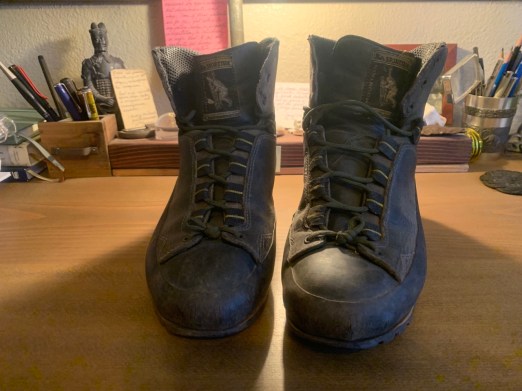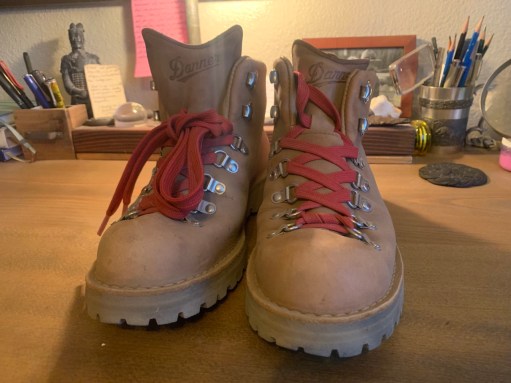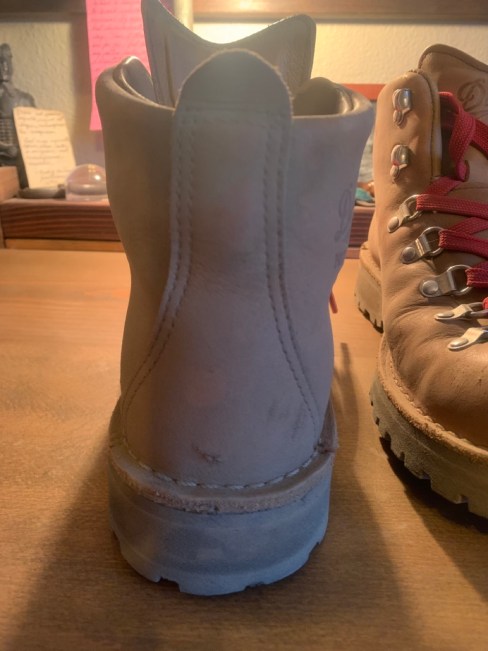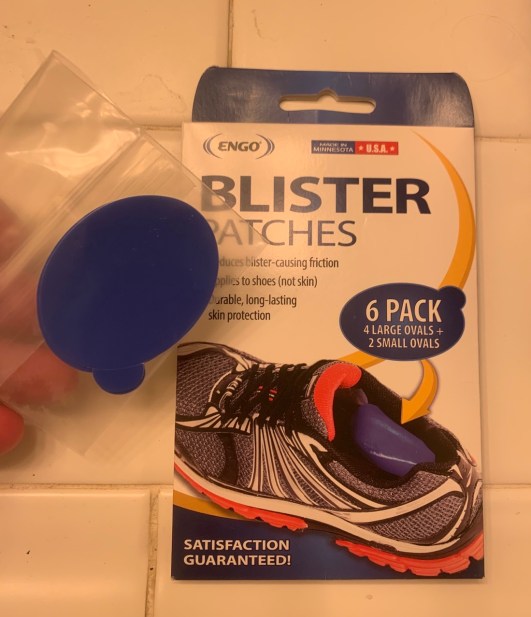Within my 23 years in law enforcement I spent roughly ten years as a Field Training Officer in two agencies. What follows are books that I have found very helpful in my career and I know would be helpful to others. I must admit I did not pass all these down to all the recruit trainees I mentored. Some I didn’t know about soon enough and some weren’t written yet. But I i wish I had.
The 7 Habit of Highly Effective People
This oldie but goodie, by Stephen Covey, is the first ‘self-help’ book I ever read. I came to it through the Middle Leader training program in the Forest Service. I had always assumed it was a business book. Fortunately it’s not about that at all. Covey’s main point is you must learn to lead and manage yourself through principles before you can lead others. (If you want the business stuff, see Covey’s book Principle-Centered Leadership.)
As Jim Collins writes in the forward, “Covey set out to to write a book, not on building great organizations, but on achieving great personal effectiveness. Still, organizations are composed of people, and the more effective those people, the stronger the organization.”
“The 7 Habits are not a set of piecemeal psych-up formulas. In harmony with the natural laws of growth, they provide an incremental, sequential, highly integrated approach to the development of personal and interpersonal effectiveness. They move us progressively on a ‘Maturity Continuum’ from dependence to independence to interdependence.”
Jim Collins
Emotional Survival for Law Enforcement: A Guide for Officers and Their Families
The stress experienced by law enforcement professionals comes in three flavors:
- Personal
- Operational
- Organizational
The academy and field training should help you learn and practice how to deal with operational stress. (Whether and how well they do this is a longer discussion for another time).
“This book is designed to help law enforcement professionals overcome the internal assaults they experience both personally and organizationally over the course of their careers. These assaults can transform idealistic and committed officers into angry cynical individuals, leading to significant problems in both their personal and professional lives. Officers and their families can experience a law enforcement career as emotional survivors instead of falling by the wayside as victims of predictable and preventable challenges.”
Back Cover
When it comes to law enforcement psychology, the author Kevin Gilmartin is the GOAT. He spent 20 years as a law enforcement professional before becoming a clinical psychologist.
Less than 150 pages, the book reads like a conversation or small, informal seminar with the author. Gilmartin is plain spoken and doesn’t mince words. This is not new agey, pop psychology. Nor does it need a psychology degree to understand.
Leadership Strategy and Tactics Field Manual
A law enforcement professional is a leader. In all-risk incidents they are often the initial incident commander and are looked at to bring calm to VUCA situations.
Retired Navy SEAL commander Jocko Willink, simplifies lessons learned across his twenty-year career.
“While garnering and understanding of the concepts in fairly simple, sometimes it takes more. A leader must understand the strategies and tactics needed to actually implement these principles–how to pragmatically put the principles to work. He or she must understand the strategic foundations on which the principles are built and the core tenets that comprise those principles. Then the leader must understand the tactical skills, strategic maneuvers, and communication techniques used to employ the principles of leadership. That is what this book is about.”
Jocko Willink
It all starts with how to be a good team member and follower. From there Willink shows us how to succeed as a new leader. I find it a better starting point for new officers than Willink’s first book Extreme Ownership.
Mindful Responder, The First Responder’s Field Guide to Improved Resilience, Fulfillment, Presence, and Fitness–On and Off the Job
Even though I have practiced informal mindfulness for 9-10 years, and formal meditation for eight, I find it hard to explain the benefits. It took me a long time to go all in (and a big thanks to my coach Michelle for constantly needling me to try). I can only say I wish I had started sooner.
“To truly succeed in life’s crucible moments, to flourish throughout the inevitable peaks and valleys we all face–this requires that we acquaint ourselves and grow comfortable with stillness, silence, and non-action. I began to see that action and non-action aren’t opposites, but are in fact complimentary.”
Greg Amundson
In less than 160 pages, Crawford Coates packs in information about:
- practical mindfulness,
- positive psychology,
- resilience,
- the OODA loop,
- and even polyvagal theory.
There are practical exercises throughout and a “schema for progressive practice” in the appendix. Bonus, the author quotes Melville.
“Is it not curious, that so vast a being as the whale should see the world through so small an eye, and hear the thunder through an ear which is smaller than a hare’s? But if his eyes were broad as the lens of Herschel’s great telescope; and his ears capacious as the porches of cathedrals; would that make him any longer of sight, or sharper of hearing? Not at all. –-Why then do you try to ‘enlarge’ your mind? Subtilize it.”
Herman Melville, Moby Dick (emphasis mine)
It’s a good primer to the practical aspects of mindfulness without the hippy dippy trippy naval gazing. If all you got out of it is some parasympathetic dominant down time, it would be well worth it.
The Elements of Style, 4th Edition
Writing any well is hard. Writing law enforcement reports can be doubly so. Here you will need to present the fact pattern and evidence in such a way to convince others that your your action was the best course.
Done well you use all three modes of persuasion:
- Ethos – credibility, trust
- Logos – logic, reason, proof
- Pathos – values, emotions
But the trick is to tap into the pathos of the reader without stating your emotions or applying value judgements. How? Properly Composed, concise, concrete, vigorous writing, that admits no doubt. And unless things have changed, this is not taught at the Federal LAw Enforcement Training Center.
But there’s help. In about one hundred pages first written in 1919, by William Strunk, Jr. and ‘updated’ by E.B. White in 1979, you learn how. The fourth edition was published in 2000.
“Vigorous writing is concise. A sentence should contain no unnecessary words, a paragraph no unnecessary sentences, for the same reason that a drawing should have no unnecessary lines and a machine no unnecessary parts. This requires that the writer make all sentences short or avoid all detail and treat subjects only in outline, but that every word tell.”
William Strunk,Jr.
Elements of Style includes:
- rules of usage,
- principles of composition
- a list of commonly misused words and expressions,
- and a “few matters of form.”
Do yourself a favor. Take this small book to Staples, OfficeMax, of some similar outfit and pay to have the binding changed to spiral or coil bound. You will find yourself returning to this book as a referece. My copy’s binding started falling apart on the second read.
There you have it. Five books that I promise will help you in your career as a professional law enforcement officer. Have a book you think should be on this list? Comment below.


























